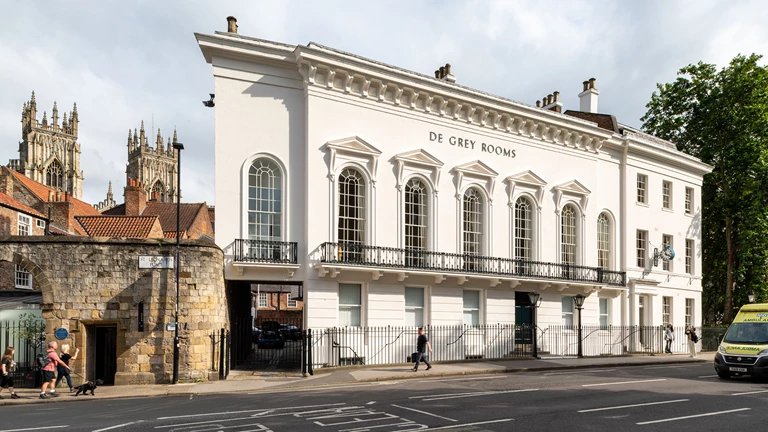
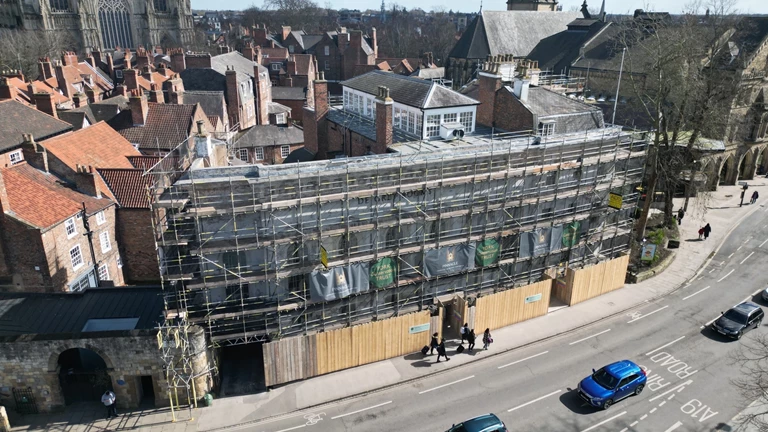

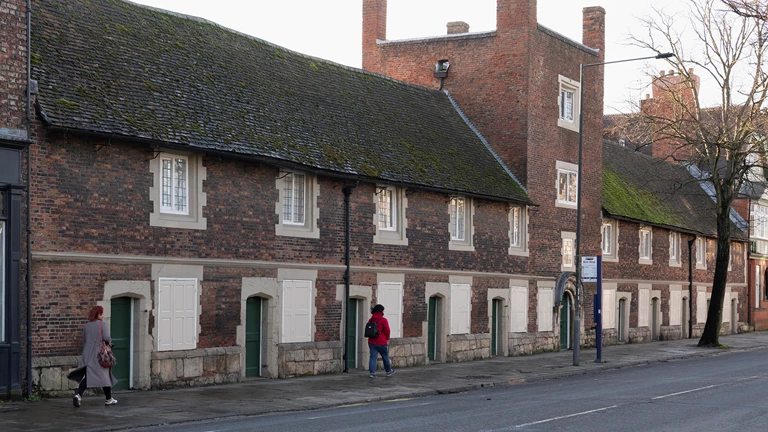
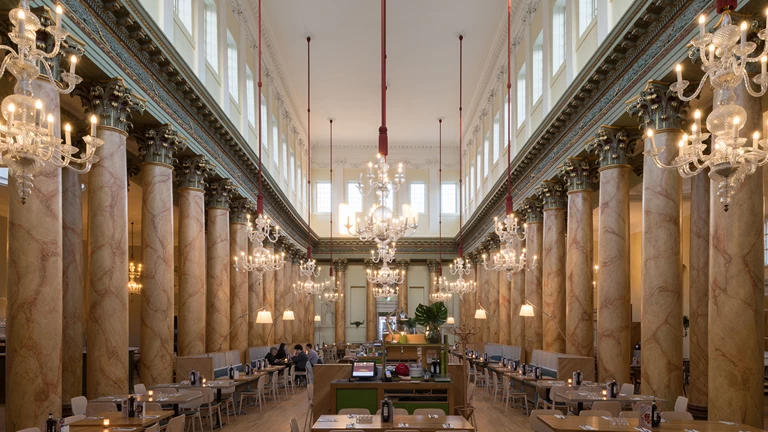
We own and look after some of the most beautiful and interesting buildings in York.
A charity, property company and custodian of over 75 historic buildings, from our early beginnings in 1945, today, York Conservation Trust properties include some of York’s most iconic buildings, together with many flats and small houses, commercial premises and a small number of fully furnished guest apartments. If you are in the City of York, you won’t be far from one of our buildings.
We own and maintain the buildings we protect and conserve, leasing them to people as homes, commercial premises and holiday apartments. In this way, the revenue we generate supports the cost of building maintenance and our future conservation work.
Here you can find out about us, our history and all our buildings, together with our team, our governance and partners. You can also learn about our current work and plans.
Most of our commercial tenants are local and independent, though we do have some larger retail tenants whose names can be found on many of the UK’s high streets. Within our buildings you’ll find dentists, doctors, a registry office, a Presbyterian congregation, newsagents, restaurants, cafes, a top regional theatre, a museum, jewellers, a school of acupuncture, ironmongers, skateboard suppliers, gardeners, archaeologists, accountants, antique dealers, photographers and lawyers…
“... York is one of the UK’s most architecturally characterful cities. And thanks to organisations such as the Trust, that’s how it’ll stay.”
Tom Ough, The Telegraph
Looking for commercial premises for your business? Take advantage of a unique address in one of the UK's most visited city. Find out what our commercial tenants say about us...
If you would like to live in York we have a wide range of residential tenancies available across the city. Hear what our residential tenants think.
We offer meeting room hire in our central York offices at De Grey House. Light, airy and elegant, we'll be delighted to welcome you.
Planning on a short break or holiday in York? We are delighted to offer a small number of unique, historic houses and refurbished apartments to visitors. Be Part of York's history and stay with us.
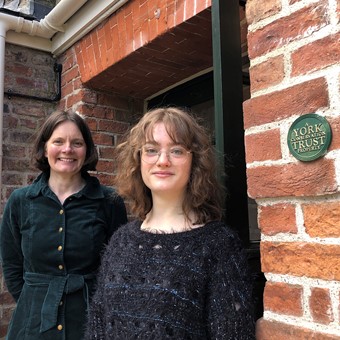
We're delighted to welcome Thin Ice Press into the Old School House in St Anthony's Gardens